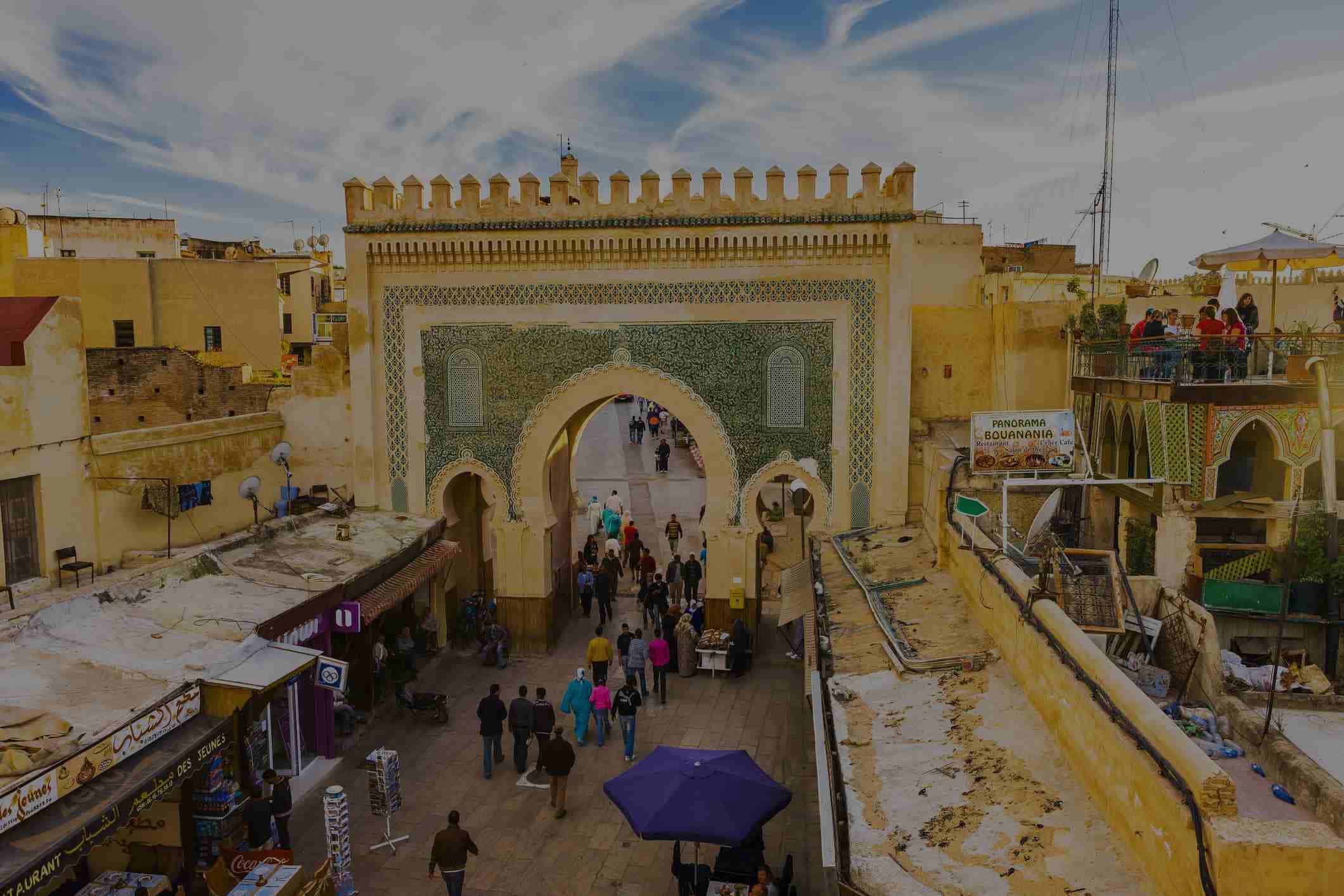
gates in morocco
about gates in Morocco, I’d be happy to help Morocco is known for its rich history, diverse culture, and architectural heritage, including traditional gates and doors in various cities and towns. These gates often have unique designs, intricate patterns, and historical significance. If you have a particular city or type of gate in mind
1. Introduction: The Architectural Legacy of Morocco’s Gates
In the heart of Morocco lies an architectural treasure trove that not only safeguards the nation’s history but also serves as a symbol of its vibrant culture, known as “Bab,” are more than mere entrances; they are portals that transport us through time, revealing the intricate craftsmanship and cultural significance woven into the fabric of the nation.
2. Historical Roots: Gateways to the Past
Our journey through Morocco’s gates begins with a deep dive into history. These architectural wonders, such as the iconic Bab Agnaou in Marrakech, trace their roots back to different dynasties and civilizations.
3. Symbolism and Significance: Beyond Physical Barriers
In Morocco, a gate is not merely a physical barrier; it is a profound symbol of cultural, religious, and historical facets. The intricate Islamic geometric patterns and calligraphy adorning these gates are symbolic representations of the deep-rooted Islamic traditions that have shaped the nation. The Bab Mansour in Meknes, for instance, with its elaborate tile work and inscriptions, pays homage to the rulers and the enduring legacy of the Alawite dynasty.
4. Architectural Diversity: A Kaleidoscope of Styles
The architectural diversity of a testament to the nation’s rich heritage. in Each city contributes a unique flavor to the design, from the zellij tile work of Fes to the stucco decorations of Rabat. The Blue Gate in Fes, characterized by its striking blue tiles, exemplifies the city’s association with ceramic craftsmanship, creating a visual spectacle that welcomes visitors into the heart of the city.
5. Craftsmanship and Artistry: Masterpieces in Wood and Tile
The creation of these gates involves an extraordinary level of craftsmanship passed down through generations. Skilled artisans, often employing traditional techniques, transform the gates into masterpieces. in Meknes, adorned with intricately carved cedar wood panels, showcases the unmatched artistry of local craftsmen and becomes a living testament to the cultural richness of Morocco.
6. Contemporary Significance: Bridging Past and Present
While preserving their historical charm, Morocco’s gates have also evolved to accommodate contemporary needs. Modern gates seamlessly blend traditional aesthetics with functionality, symbolizing the nation’s ability to embrace progress while preserving its cultural identity. The gates of the Casablanca Medina, for example, strike a harmonious balance between tradition and modern urban life.
7. Preservation Efforts: Safeguarding Cultural Heritage
Preserving the legacy of Morocco’s gates is a shared responsibility. Initiatives and conservation projects, coupled with UNESCO recognition of certain sites, underscore the global importance of these architectural wonders.
